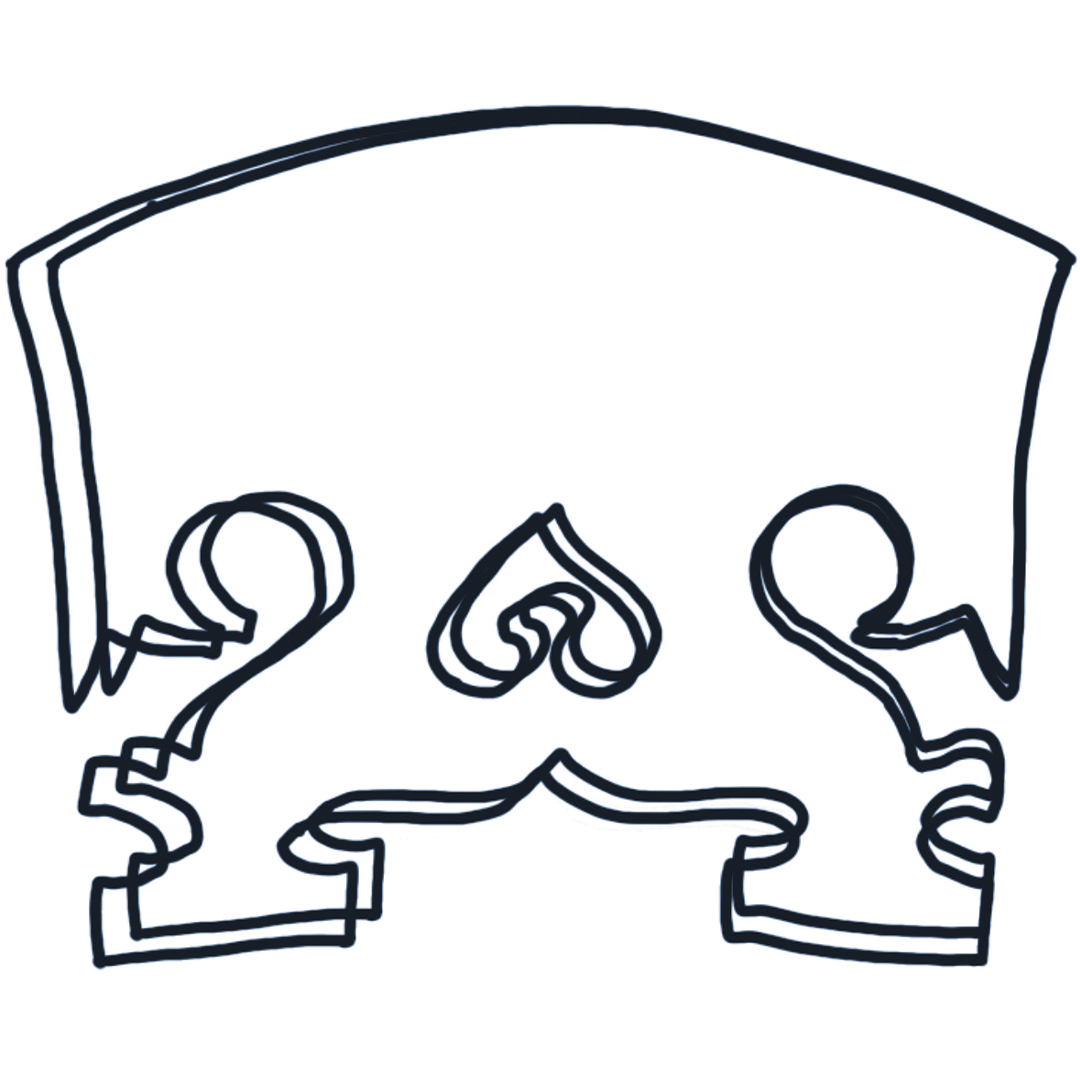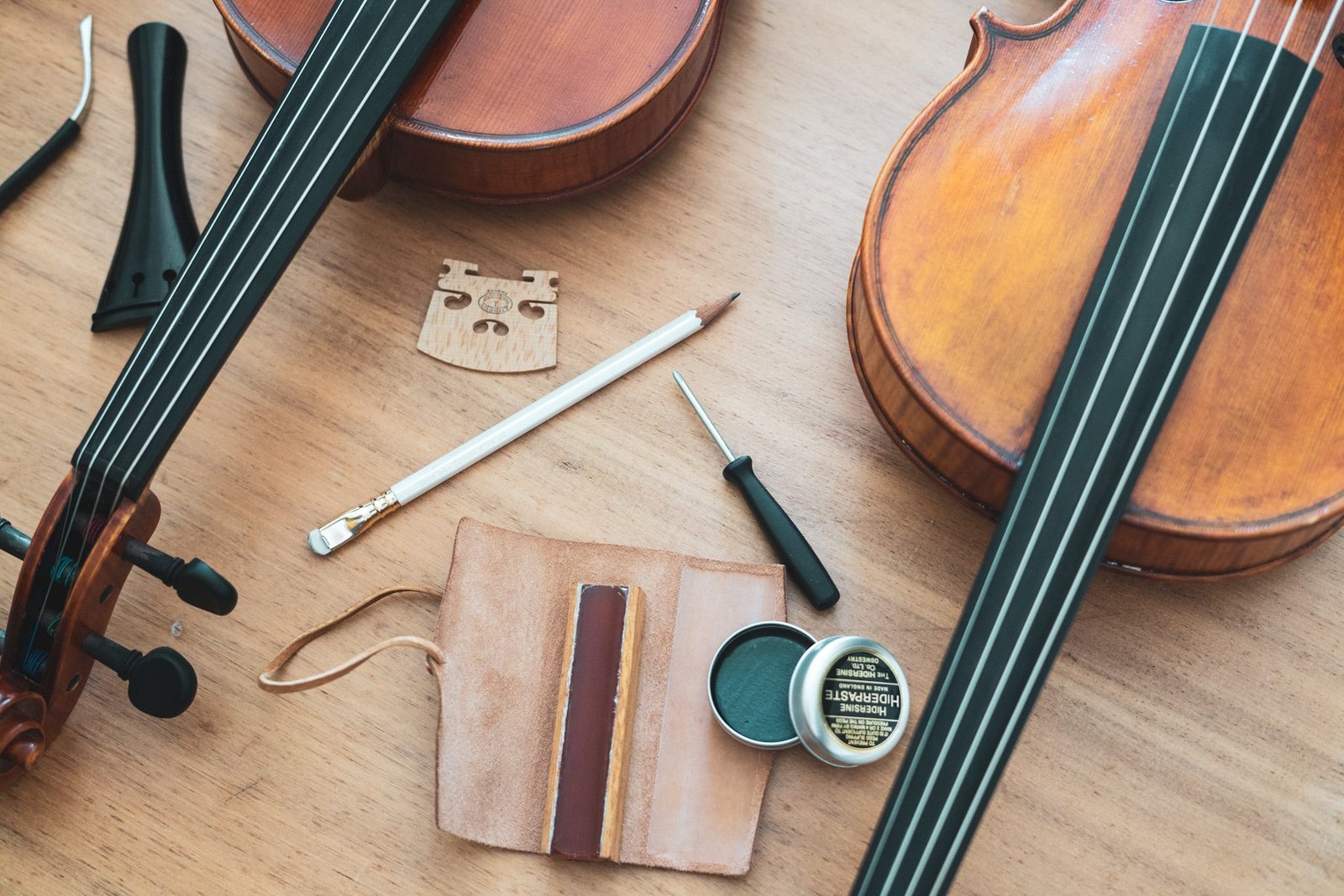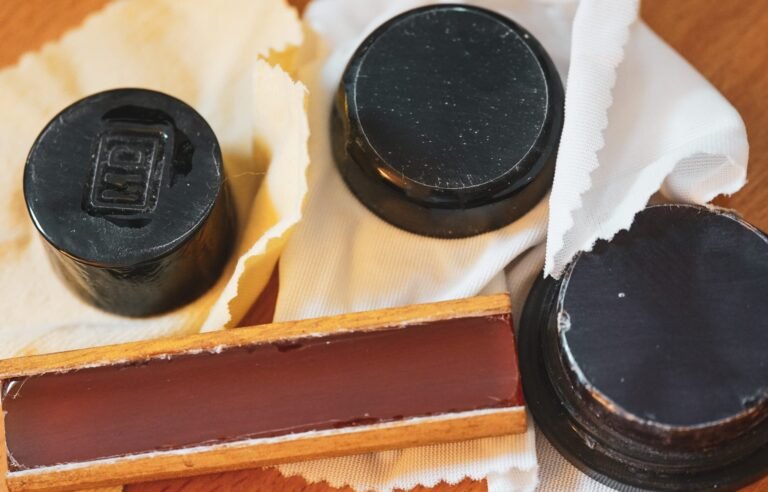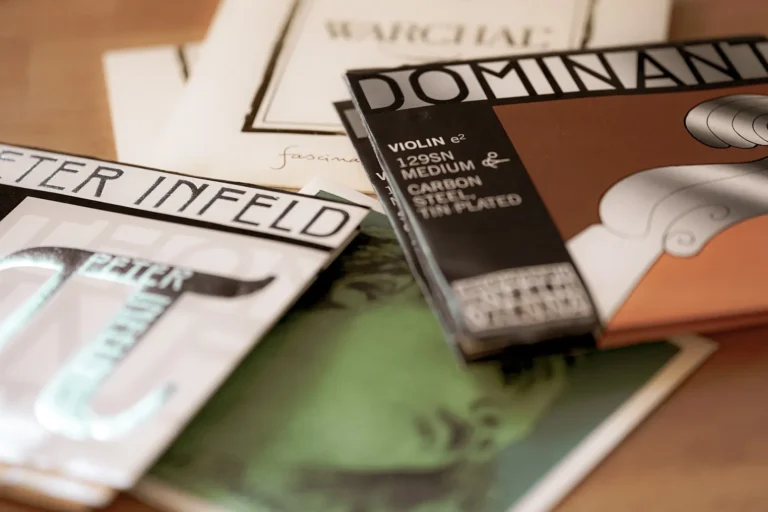Basic Violin and Viola Maintenance: A Practical Guide for Adult Amateur Players
Keep your instrument in peak condition with these essential tips
If you’re returning to the violin or viola as an adult, or you’ve just started lessons for the first time, you might be wondering what violin or viola maintenance you should be doing to keep your instrument working well. A visit to a luthier (string instrument repair expert) should be at the top of your list if you’ve just dusted off your high school instrument and want to get it back into top playing condition, but there’s also a lot you can do yourself to keep your instrument in great shape.
Regular care will ensure that your violin or viola remains your partner in music for years to come, improve its sound and playability, and help you avoid preventable repairs. I’ll walk you through what I’ve learned from personal experience and from asking questions during luthier visits.
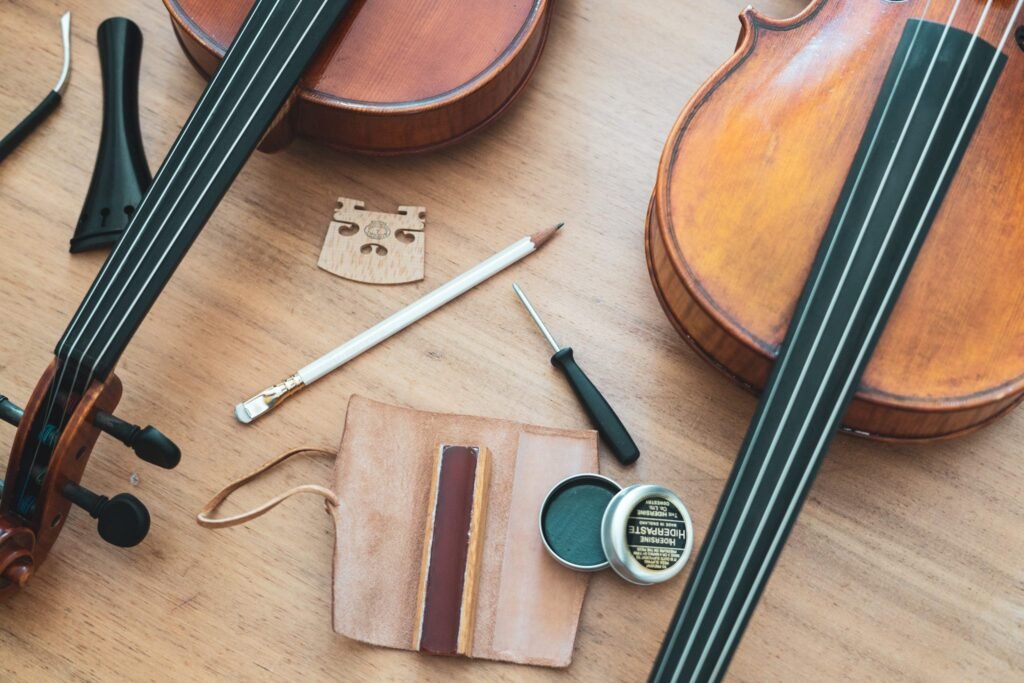
Daily Cleaning
One of the easiest ways to take care of your violin or viola is to wipe it down after you play. I keep a soft cloth in my case that I use to clean both the strings and the body of my instrument after I play.
- Wipe down your instrument after each practice session. Use a soft, dry cloth (microfiber or silk) to remove rosin dust from the body and strings. You may want to use a separate cloth for strings to avoid spreading rosin from the strings to the varnish. If rosin dust builds up on your instrument (or bow) it can actually fuse with the varnish over time making it almost impossible to remove without damaging the finish, so regular cleaning is very important.
- Avoid liquid cleaners or polishes. Commercial violin polishes can damage your varnish or leave behind residue. If your instrument needs a deeper cleaning, take it to a luthier.
Strings: When to Change Them (And How to Do It)
If you aren’t sure how to change your own strings, or it still seems a bit scary, you aren’t alone. My teacher always changed my strings for me when I was younger and never showed me how to do it myself. Strings aren’t cheap, so growing up, I always waited until my strings broke or the windings were coming loose before I got a new set. When I returned to playing, I learned how to change my own strings by watching some youtube videos and now I try to get a new set every six months or so.
- If you play regularly, changing strings every 6 months is a good rule of thumb. I sometimes wait as long as 8 months, but I always hear a big difference in response and clarity once I finally change them. If you play less often, once a year might be fine.
- Learn to change your own strings. It’s not hard! Watch some YouTube videos or ask your luthier to walk you through the process next time you bring your instrument in (You may need to pay the luthier a small string change fee but you’ll also get a lesson on the process).
- Use a pencil (graphite) to lubricate the nut and bridge grooves when you put on new strings, this helps prevent breakage.
- Lubricate your pegs to keep them working smoothly. I use Hill’s Peg Compound, but a little goes a long way, so be careful that you don’t overdo it.
💡 Tip: Don’t worry if new strings go out of tune a lot in the first few days. This is totally normal as they just need time to settle in.
Keep an Eye on Your Bridge
Bridges tend to lean toward the fingerboard over time, as we tune the instrument and tighten the strings. If the bridge starts to tilt too much, it can warp or even fall over.
- Check the bridge angle occasionally, especially after string changes. It should be standing straight up, not leaning toward the fingerboard.
- If it’s leaning, straighten it gently with both thumbs pressed against the back of the bridge. (Watch a demo first!)
💡Tip! Ask a luthier to show you how to check for a leaning bridge and the best way to straighten it out. I’ve had more than one eagerly give me a quick lesson.
Taking a look at your bridge regularly is quick and can save you from having to replace a warped one later.
Humidity and Storage: Don’t Let Your Instrument Dry Out
Wood instruments ar sensitive to changes in humidity and temperature, especially dry or cold climates. Here are a few tips on keeping your instrument safe from seasonal changes.
- Always store your instrument in its case when you’re not playing. While leaving it out on a stand can be convenient, the case is much safer and offers insulation against humidity swings.
- Use a humidity control system. I personally use Boveda humidity control packets. They last a long time, and they’re low maintenance. You can even rehydrate them. Other options include Stretto or Oasis case humidifiers. I avoid Dampits since I don’t like water near the inside of my instrument.
- Want to learn more? Violin maker David Burgess wrote a great article on the topic: Humidity and Instruments.
Open Seams: What to Watch For
Violins and violas are intentionally glued together with non-permanent glue so that luthiers are able to open instruments up for repair. This also means seams sometimes come unglued, especially with sudden weather changes.
- Buzzing sounds or changes in tone are often signs of an open seam.
- Don’t wait to fix seam openings. They can lead to warping if left untreated. But they’re usually quick and inexpensive to repair, often between $15–$50 depending on the extent of the opening.
Get a Yearly Check-Up
I’ve found it helpful to take my violin to a luthier once a year for a check-up, even if nothing seems wrong. A luthier can advise you on necessary repairs, suggested maintenance, and work with you to get your instrument sounding its best.
💡Tip: Tonal adjustments can make a big difference In the sound and resonance of your instrument!
A luthier can:
- Spot open seams you might not notice
- Check the bridge and soundpost
- Touch up worn varnish
- Make sure the pegs are in optimum working condition
- Suggest a good brand of strings to bring out your instrument’s best qualities
- Evaluate the instrument for potential issues and repair needs
- Answer all your nerdy questions about your instrument
Fittings: Pegs and Chin Rest
If you have ever struggled to tune your instrument because the pegs aren’t working well, you will know how important pegs are to the overall health of your instrument and your own sanity. Pegs should turn smoothly without making creaking noises or slipping. While more serious peg adjustment should be left to a luthier (and it is well worth it), regular peg maintenance makes daily tuning seamless.
The chin rest is an often overlooked part of the instrument but it can be a common source of buzzing and can cause major damage to your instrument if not installed properly.
- Pegs need occasional lubrication, especially when restringing. If your pegs are giving you trouble, take your instrument to a luthier for a check-up.
- Use a chin rest key to make small adjustments to your chin rest, but don’t over-tighten it. Over-tightening a chin rest bracket can cause the instrument’s ribs to warp.
- If you hear buzzing originating from the chin rest that isn’t solved by tightening the bracket, see gaps under the chin rest feet, or if your chin rest is touching your tailpiece, see a luthier for an adjustment.
Taking care of your violin or viola can help you form a better relationship with your instrument, become more attuned to any changes in tone that may signify that it needs adjustment, and avoid costly repairs. Building simple daily instrument care habits, and learning to perform routine basic maintenance sets you and your instrument up for many years of daily practice, ensemble opportunities, and performance.
🎻 Want More Violin and Viola Tips?
Subscribe to Tuning in Fifths for more posts on practice strategies, gear advice, and the joy of playing as an adult amateur.
